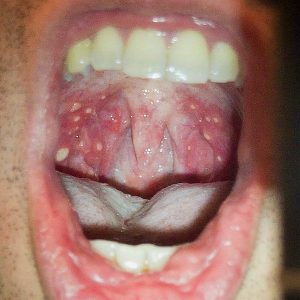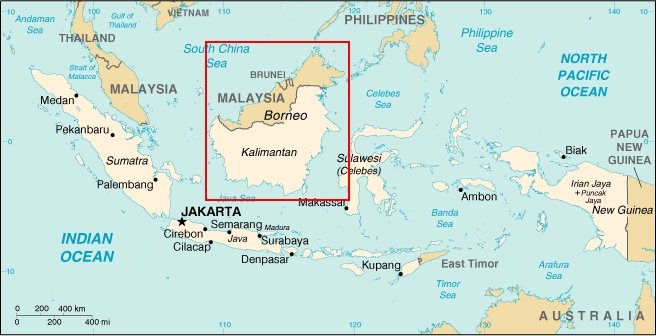Health officials in Borneo say they have reported a three-fold increase in hand, foot and mouth disease (HFMD) this year compared to 2014 and this has prompted Malaysian health authorities to urge the public to be vigilant as the mass movement of people during the Lunar New Year may cause an even larger increase in the viral disease, according to a Borneo Post report.

Public domain image/shawn c
The Borneo Health Department’s Communicable Disease Control Section say the cumulative total of HFMD cases during the first two months of 2015 is 1,383 versus 469 recorded in the same period last year.
State Health director Datu Dr Zulkifli Jantan said, “We have seen a spike of HFMD cases during festive seasons before due to the mass movement of people. Hence, it is imperative that people practice proper personal hygiene, especially washing their hands as often as possible.”
The Chinese New Year, or The Year of the Goat began on February 19, 2015.
The Borneo Post report does not say what is the etiologic agent of the HFMD.
HFMD is typically a benign and self-limiting disease. Most common in young children, it presents as fever, oral lesions and rash on the hands, feet and buttocks. The oral lesions consist of rapidly-ulcerating vesicles on the buccal mucosa, tongue, palate and gums. The rash consists of papulovesicular lesions on the palms, fingers and soles, which generally persist for seven to 10 days, and maculopapular lesions on the buttocks.
Hand, foot, and mouth disease is caused by viruses that belong to the Enterovirus genus (group). This group of viruses includes polioviruses, coxsackieviruses, echoviruses, and enteroviruses.
- Coxsackievirus A16 is the most common cause of hand, foot, and mouth disease in the United States, but other coxsackieviruses have been associated with the illness.
- Enterovirus 71 has also been associated with hand, foot, and mouth disease and outbreaks of this disease.
EV-71 has been implicated in HFMD outbreaks in Southeast Asia over the several years. EV 71 is a non-polio enterovirus.
Complications associated with HFMD caused by the more pathogenic EV-71 strain include encephalitis, aseptic meningitis, acute flaccid paralysis, pulmonary edema or hemorrhage and myocarditis. Most deaths in HFMD occur as a result of pulmonary edema or hemorrhage.
According to the US Centers for Disease Control and Prevention (CDC), there is no vaccine to protectagainst the viruses that cause hand, foot, and mouth disease.
A person can lower their risk of being infected by
- Washing hands often with soap and water, especially after changing diapers and using the toilet.
- Cleaning and disinfecting frequently touched surfaces and soiled items, including toys.
- Avoiding close contact such as kissing, hugging, or sharing eating utensils or cups with people with hand, foot, and mouth disease.


